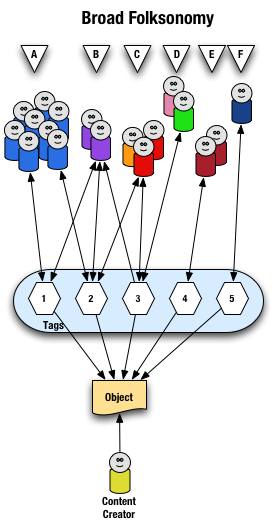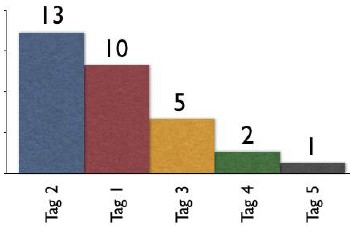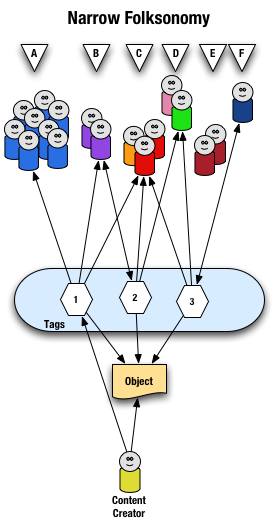The posting on Facebook for Business or LinkedIn Gets More Valuable received a lot of feedback and discussion. The e-mail discussions has urged me to post about the Facebook DNA and why it will be tough to transition Facebook into a really valuable tool for business without changing the services to a great degree. A social platform like Facebook is desperately needed for business, within enterprise, and organization that have information flows between the people interested in or that are members of an organization. The platform for this type of community has slightly different needs that Facebook does not provide.
Facebook and Its Initial User-base
It is not secret that Facebook started as a services that was by and for students and members of a university setting. The focus was connecting to people you have run across or will run across as friends, acquaintances from social events, or classmates. The services is quite conversational and does a decent job pulling together a person's shared digital lifestream (many others have done this for years and do it much better, Jaiku (now owned by Google) is one example of a much better approach).
Facebook as a service tended to focus on the current conversation as students largely are focussed on the now or short-time frame planning, e.g. it is Tuesday and what are people doing on Thursday through the weekend or who is going skiing this weekend and putting together a carpool. The time span of conversation and interest is etherial and Facebook very much reflects the short term nature of conversation. The focus is also students in networks framed as campuses, which enables this Local InfoCloud of familiarity to be used for memory, which is not needed in the service. This means if I see something in Facebook, say a good restaurant for a special date night, I can track down the person who suggested the restaurant or tap friends in the network (on campus) to recall the restaurant. This foundation of building a digital space for people in a common physical network does not need strong search or capability to hold-on to information that may have future value.
The reliance on building a digital services that replicates the frailties of physical communication (all hallway, classroom, or party conversation is lost to the ether and is reliant of human memory) is problematic when the people using the service are physically distributed.
Future Information Value
Facebook's largest failure is the lack of using digital conversation for the great value digital conversation provides, which is capturing conversation and information. This capturing of digital conversation has great value as the information that is shared often has much greater future value than current value. Take the same restaurant example from before, when a friend recommends a restaurant I may not have a need for that romantic restaurant now, but I most likely may need that information at sometime in the future. There are two things that I can do with that information: 1) Know the information is in the service and can search for it at a later time ("restaurant" and "romantic" in search, which may also find others have made the same recommendation); or 2) Mark the information in some manner for my ease of refinding (flag, favorite, or bookmark it with annotation from my perspective and context).
The Challenge Facebook has Changing
Making this shift in Facebook will be a huge challenge, not for the developers or technology (although Facebook has not modified its interface to handle the scaling of information flows of applications or increase in traffic, but that is another real problem that needs addressing) as they seem capable to make the minor technology changes that would be needed to use the service for improved search or holding onto information. The big pain point will be making a change that is counter to the understanding and use of those who still make up the core of its use-base, university students. When Facebook opened its doors beyond university students it created panic (well deserved) as their closed society was open to all viewers. The difficulty in holding on to information and searching through the services did not keep people from finding party photos or profiles that were meant for just friends and not future employers or others outside their immediate network. A large number of people left, or more accurately stopped using the service as much as they did (after removing the potentially problematic images and content).
There is an incredible mass of information in Facebook, most of it nearly impossible to find and hold onto at this point. Many of the people who have used the service have relied on this obscurity to keep from removing the (at the moment funny, ironic, humorous, or even not fully informed) statements made on walls, groups, status updates, and other places. Changing the core platform to create value for the people using the service as a digital information platform, that is similar to what is expected outside Facebook could have dire repercussions for Facebook as a service. But, not making these changes makes Facebook a really poor platform for business and knowledge sharing.
Valuable Lesson in Foundations
Having build many web base services, intranet, and networked services over the many years I have been doing this it continually comes back to the initial foundations are the ones that are hardest to shake. The initial people using a service shape it for the future and the initial technology decisions of a service often are the ones that are hardest to change. This change is difficult as the practices are socially ingrained into the understanding of the mores of the system and the social interactions are predicated on these understandings. All design and all interaction aspects of systems are political and drive people's motivation for use as they set the rules and social scripts for interaction. The components are not intentionally political, but they have do trigger reaction and alter motivations no mate how slightly. Not only does the medium have a message, but how the services works or does not work has a message that triggers a response for if and how it is used.


